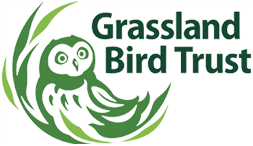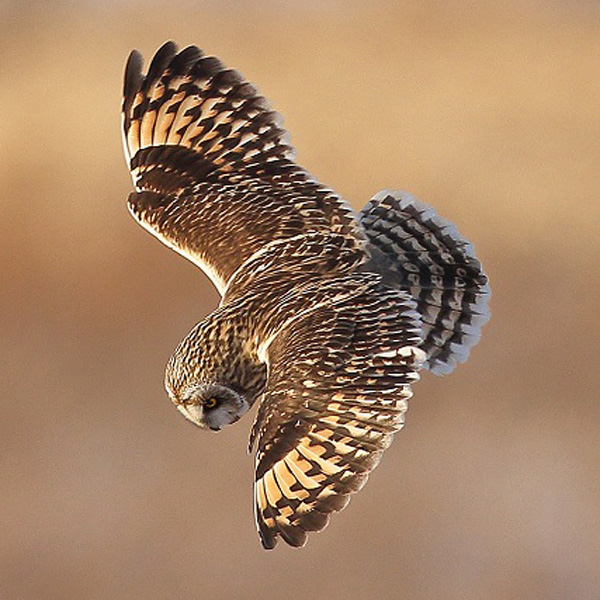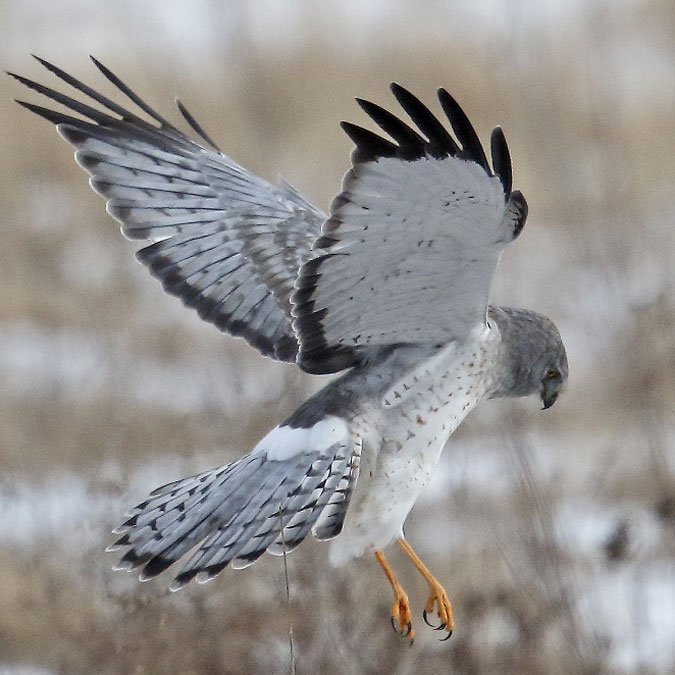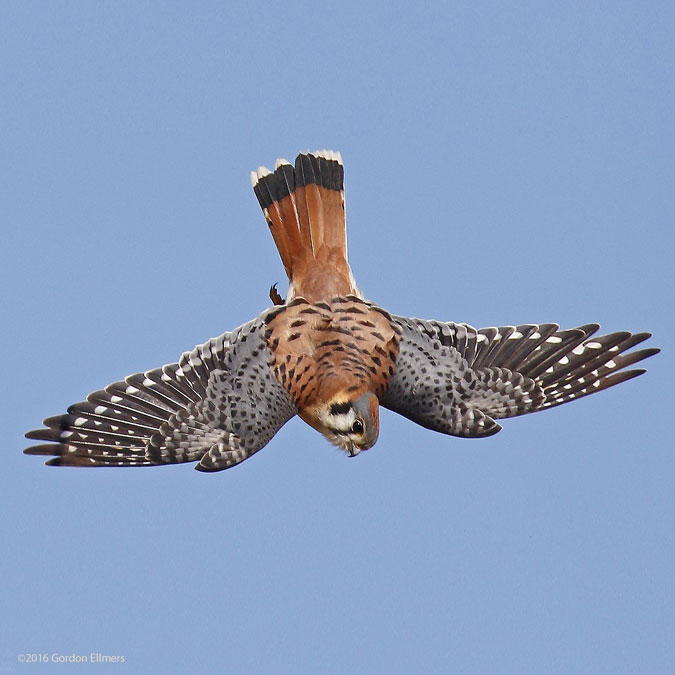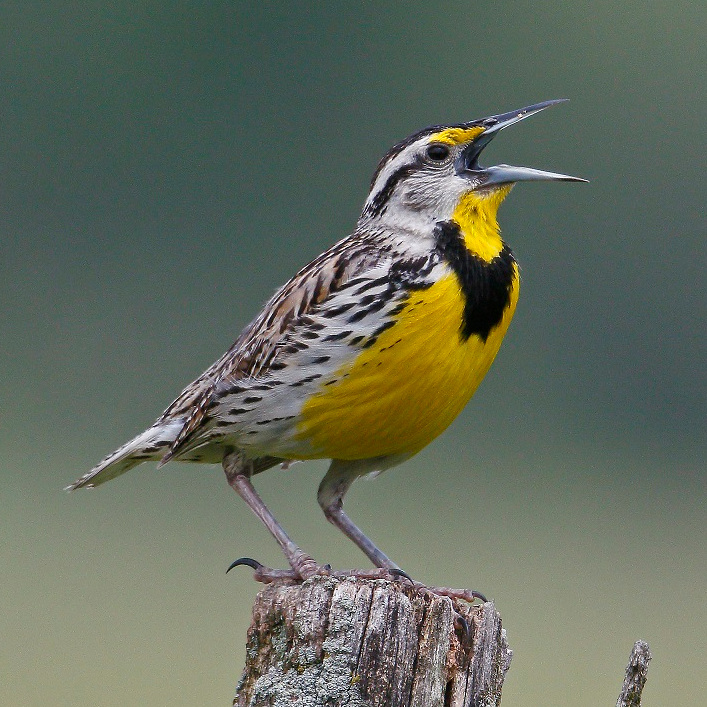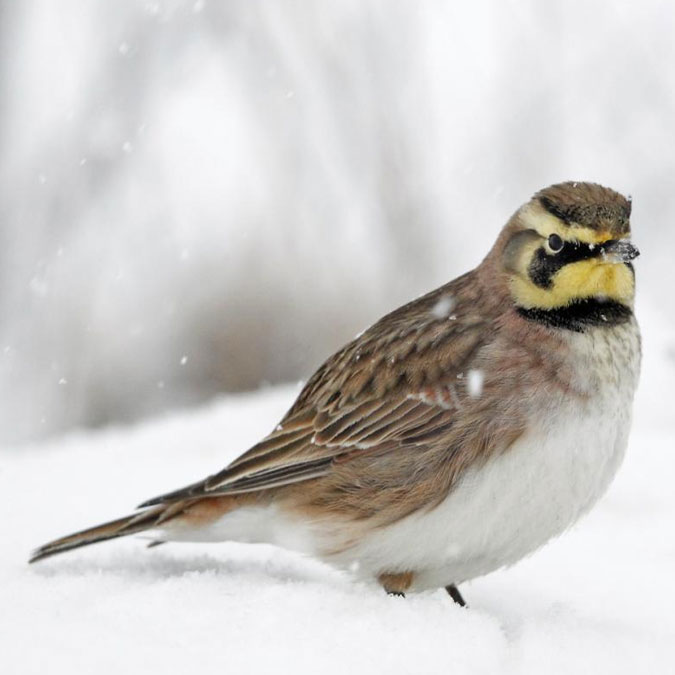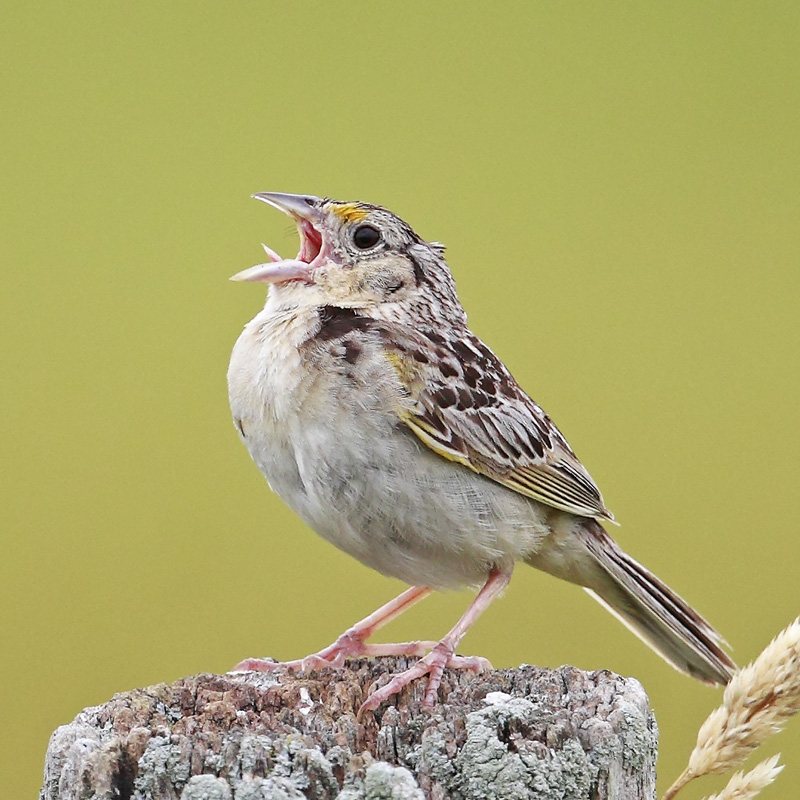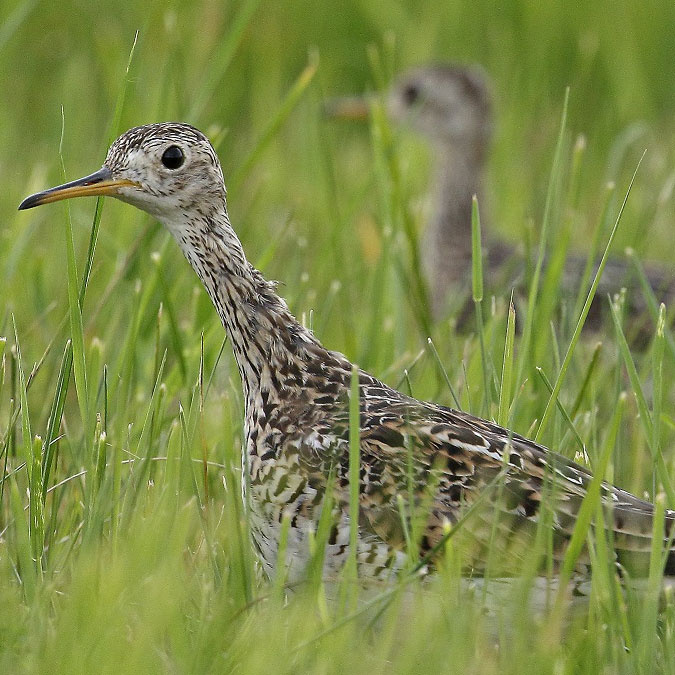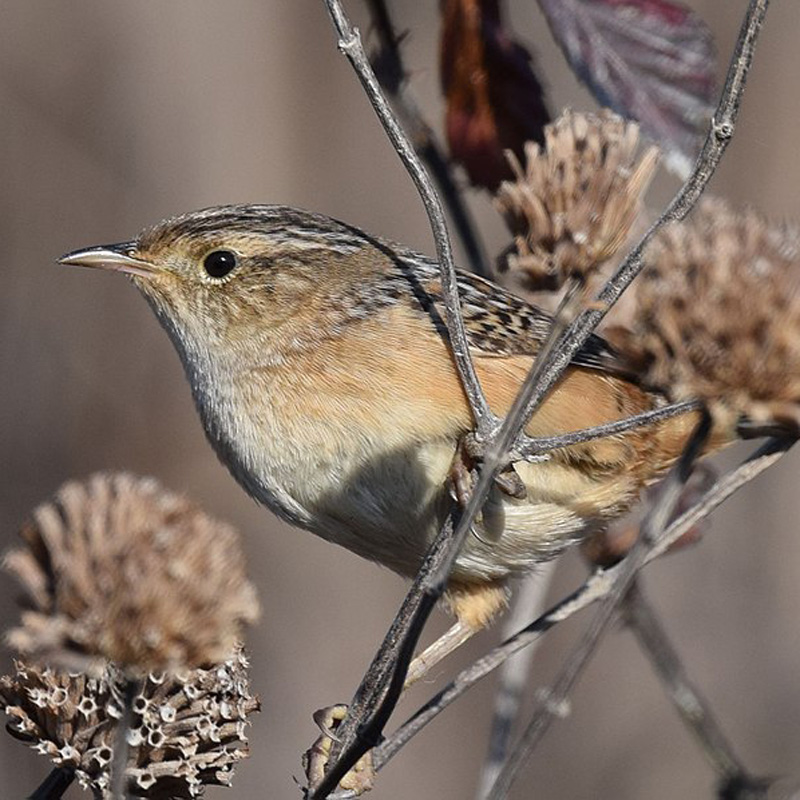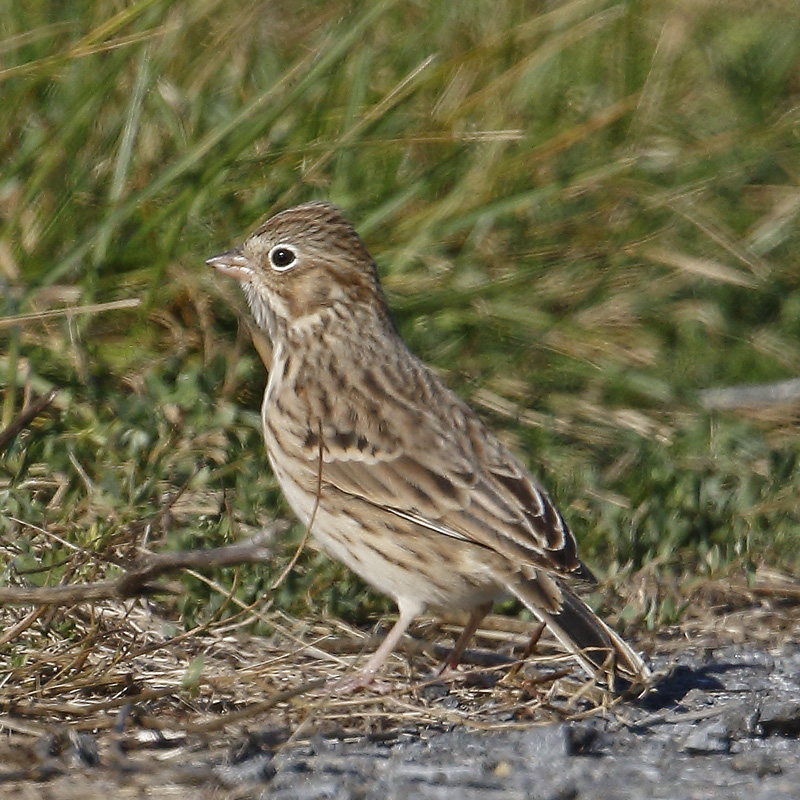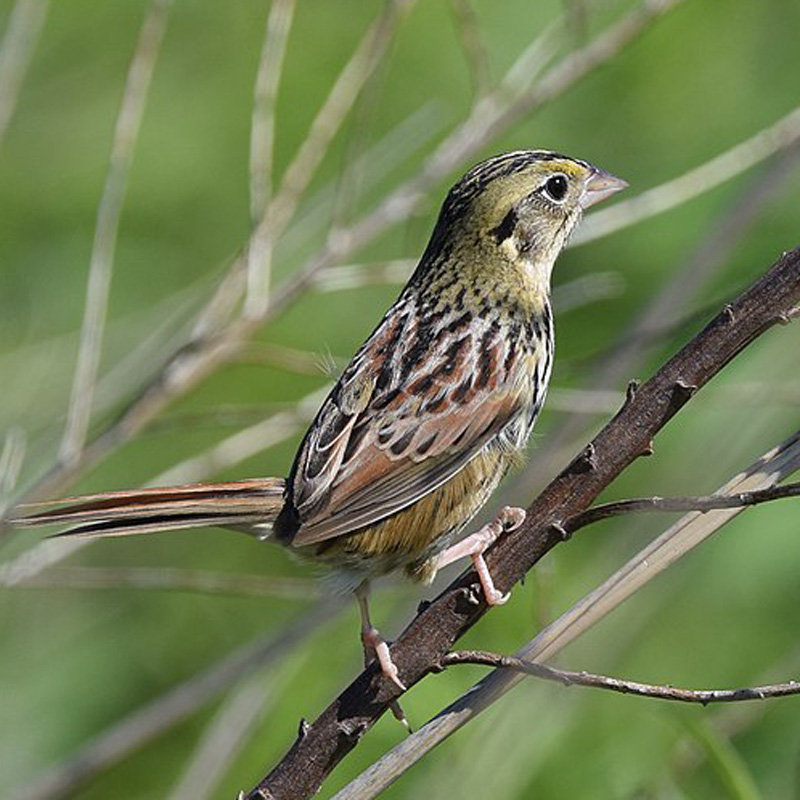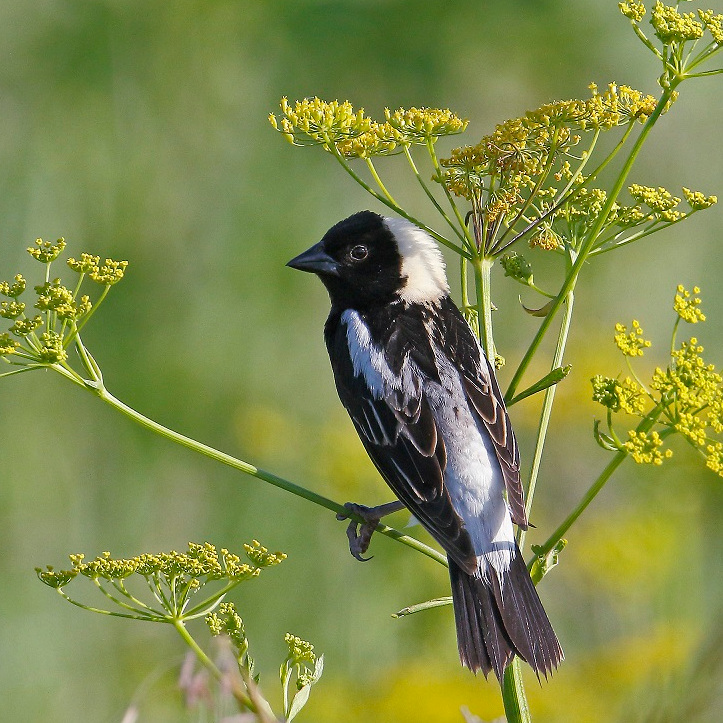New York State lists eleven grassland bird “species of greatest conservation need.” Many of these species are in danger of disappearing from New York unless we act NOW to conserve critical habitat in their historic breeding and wintering grounds.
Wintering flocks of 40-50 Short-eared owls were once a common sight in rural areas across New York State. Now, less than 100 of these amazing owls remain in the state. They’ve been extirpated (made locally extinct) from four of the eight Northeast states where they historically nested. Short-eared owls are listed as endangered in New York and the other states where small populations remain.
Grassland birds depend on large, open expanses of grassland to successfully breed, forage and raise their young. Most of these species nest on the ground. They need undisturbed areas to provide food, nesting habitat and protection from predators.
Click on the photos below to learn more about each species…
